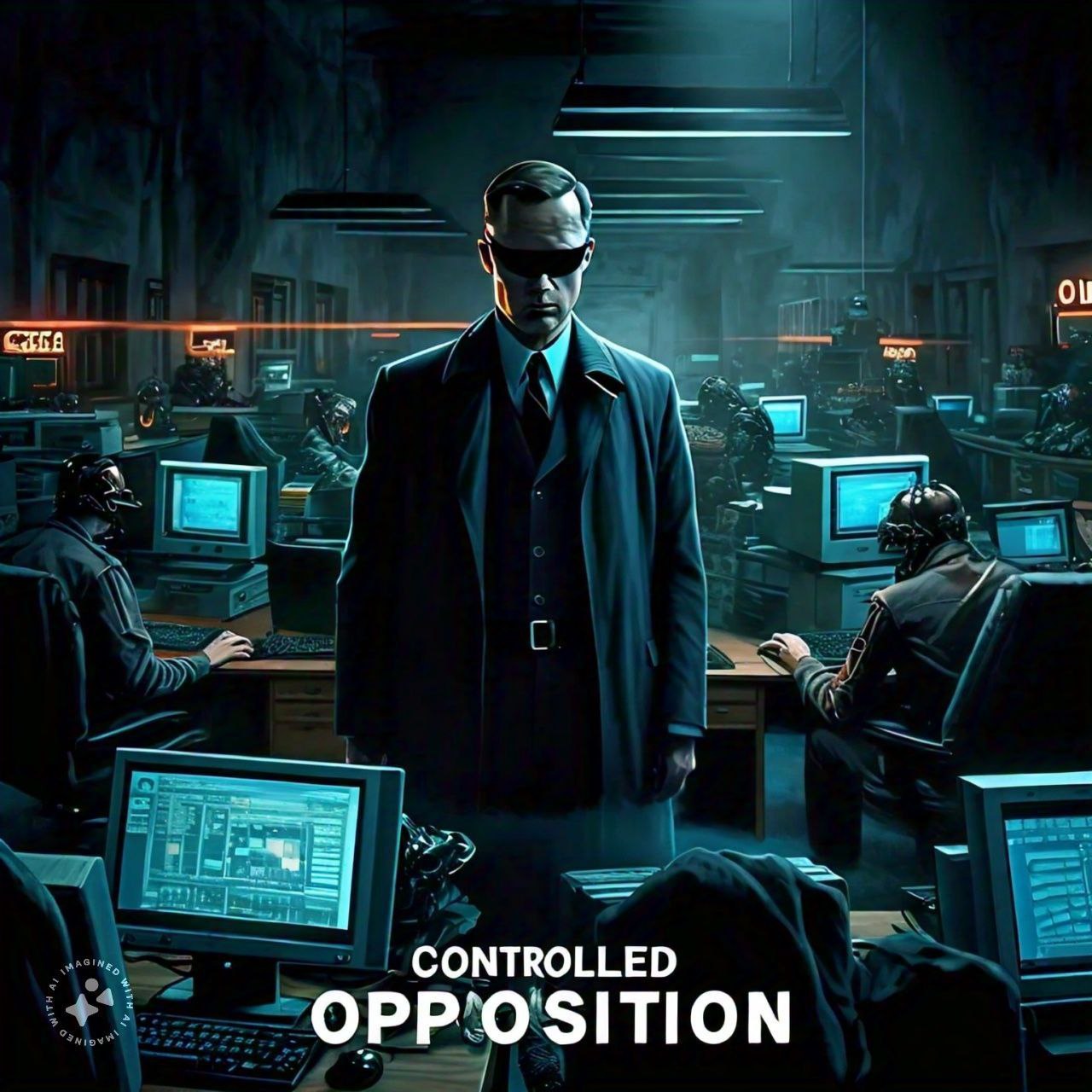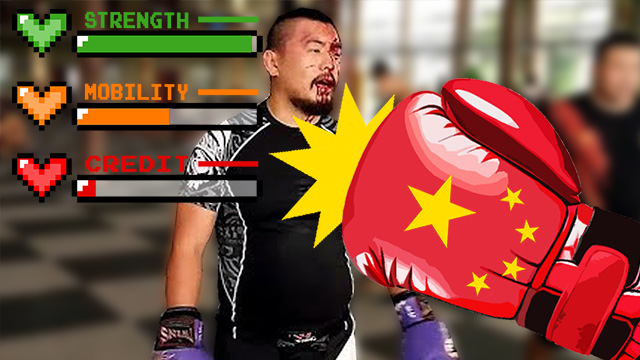
Unmasking Controlled Opposition: A Guide to Identifying Influence Tactics
by Kelvyn Alp
Introduction
In the pursuit of truth and knowledge, it’s essential to recognize the subtle yet potent force of controlled opposition. This phenomenon involves the manipulation of information and narratives by powerful interests to undermine genuine platforms, shape public opinion, and maintain the status quo. In this article, we’ll delve into the realm of controlled opposition, exploring its tactics and providing insights on how to identify its influence in the political, media, and academic spheres.
Understanding Controlled Opposition
Controlled opposition refers to the strategy of creating or co-opting opposition forces to manipulate public discourse and maintain control over the narrative. This can involve creating fake grassroots movements, infiltrating genuine organizations, or promoting compromised individuals to positions of influence. The goal is to create a perceived debate or controversy, while actually reinforcing the desired outcome or agenda.
Tactics of Controlled Opposition
- False Dichotomies: Presenting only two options or viewpoints, creating a false sense of choice and limiting the scope of discussion.
- Strawman Arguments: Misrepresenting or exaggerating opposing views to discredit and undermine genuine arguments.
- Agent Provocateurs: Infiltrating genuine movements or organizations to discredit or disrupt them from within.
- Gatekeeping: Controlling access to information and platforms to suppress dissenting voices.
- Limited Hangouts: Revealing partial truths or information to create a sense of transparency while concealing the full picture.
- Manufactured Controversies: Creating artificial debates or scandals to distract from real issues and manipulate public opinion.
Identifying Controlled Opposition
- Look for inconsistencies and contradictions in arguments or actions.
- Research funding sources and connections to powerful interests.
- Analyze language and rhetoric for manipulative tactics.
- Investigate past actions and affiliations of individuals or organizations.
- Be wary of simplistic or divisive narratives.
- Seek out diverse perspectives and sources.
Conclusion
Controlled opposition is a pervasive force in today’s information landscape, aiming to distort and manipulate public discourse. By recognizing its tactics and being vigilant, we can uncover genuine information platforms and promote authentic dialogue. Embrace critical thinking, seek knowledge, and support independent voices to counter the influence of controlled opposition and foster a more informed and just society.
Look for more articles on counterspinmedia.com/blog
and at counterspinmedia.substack.com
Please pass all Counterspin articles on to those you think would appreciate them but will not come to them without your assistance. We are creating the new world, and it begins with honest human interaction and the sharing of ideas.




Leave a Comment